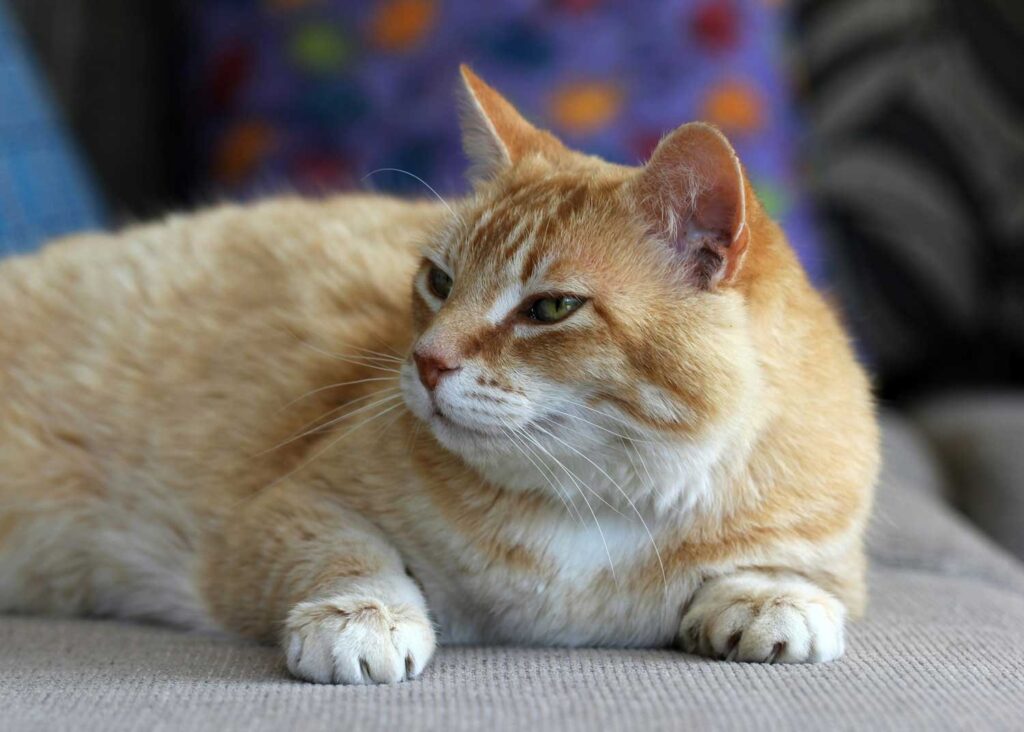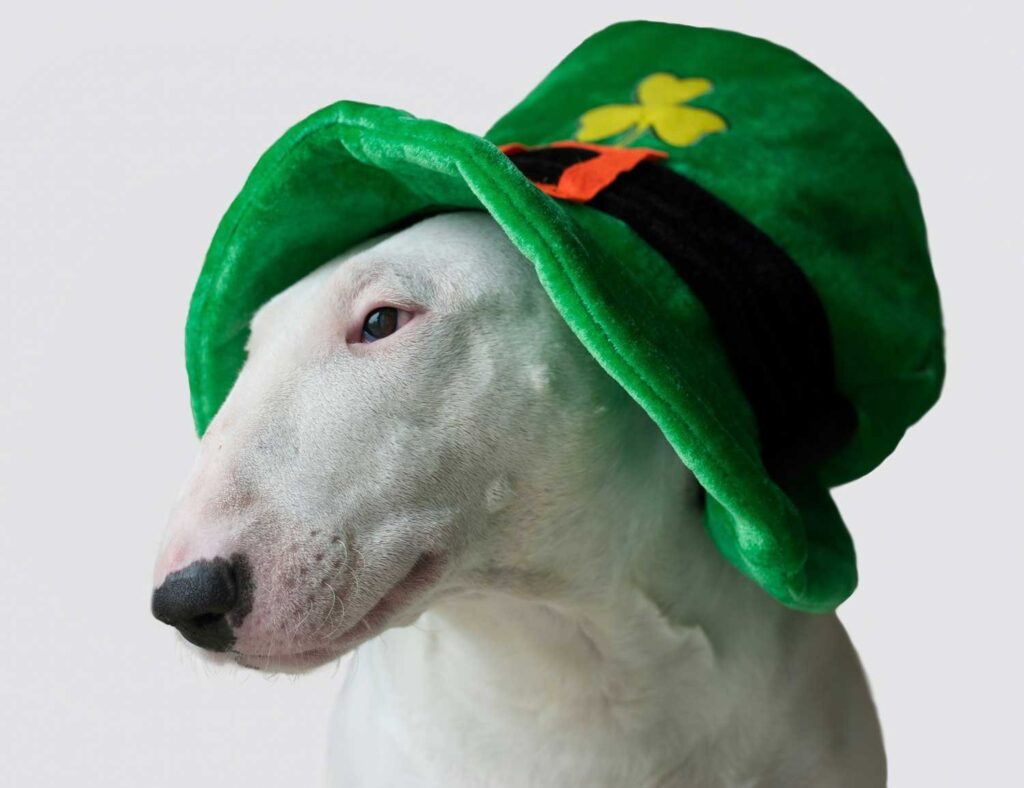Feeding the Felines
August 18, 2023
Obesity is one of the number one health issues we see in our feline patients, so we wanted to share a few resources, tips, and tricks.
Our understanding of what cats need is growing. We now know that how we feed our feline companions can affect not only their weight but also their stress levels! Cats need to eat in ways that mimic their normal foraging and hunting behaviors with frequent small meals in multiple locations. Their brains need to be fed as much as their stomachs.
Cats in the wild typically eat 10 to 20 small meals throughout the day and night, with hours of foraging time each day. Simulating this feeding behavior for domestic cats provides exercise, and may help stave off potential behavioral problems associated with lack of problem-solving activity. Such stimulation also helps combat obesity, a major problem associated with abnormal feeding behaviors.
-
If unable to do multiple feedings each day, feed a minimum of twice daily, and try to hide the food in creative hiding places.
-
Toss kibbles and let cats chase after the food, as they would chase prey.
-
No Bowl feeding system is great for interactive feeding – DocandPhoebe(goes to new website)(opens in a new tab) has videos about how to train your cat to these systems on the website.
-
Hide food around the house, in different places, and in or around objects for cats to “hunt.”
-
Make homemade puzzle feeders by cutting holes into a cardboard box or a 2-liter plastic jug so that the cat paws the food out. Visit this site(goes to new website)(opens in a new tab) for more ideas.
-
Provide cats with puzzle feeders, interactive toys, and food balls that dispense food as the cat rolls it around such as the Omega Paw Tricky Treat Ball(goes to new website)(opens in a new tab).
-
For more information:– How to Feed a Cat(opens in a new tab) – Client Brochure– How to Feed a Cat(goes to new website)(opens in a new tab) – Be a cat-friendly caregiver
We’re often asked “how much” food should be fed to an individual cat. However, because individual commercial diets do not have the same amount of calories per cup or can, it’s impossible to give an accurate amount by volume without knowing the calories. Therefore, we tend to think more in terms of calories – while there is no rule that works across the board, a very general rule of thumb is that an average 10-pound cat should not eat more than 200 calories/day. If we estimate that the average commercial adult diet has 400 calories per cup, this works out to no more than ½ cup of dry food per day – and this also assumes not canned food or treats. One can see how it would be easy to overfeed an average-sized cat!
Pet Nutrition Alliance(goes to new website)(opens in a new tab) is an excellent resource for calculating recommended calories for overweight kitties – you simply need to know their current weight and body condition score(opens in a new tab) (most of us tend to underestimate our pet’s weight and BCS, so review the descriptions and images to get an accurate assessment – better yet, ask an impartial party for their calculation based on the body condition scale).
Another common concern is that with more than one cat in the house, it seems to be inevitable that one cat will be overweight, and the other a healthy weight, or even underweight. So far, the only recommendation to combat this is separating the cats for meals. This can be accomplished by having an area that one cat is not able to access (this may be a particular surface or room), and there are also several options for feeding devices that only permit entry based on microchip number or radiofrequency collar activation(goes to new website)(opens in a new tab).
Happy feeding!
Written by Dr. Natasha Ungerer
Related Posts

DVM Blog Post - Feline Diabetes Management
CAC Staff | March 21, 2024
Diabetes mellitus is a familiar term to most people as it afflicts many humans. It can also be an endocrine disorder that affects dogs and cats. It is caused by a deficiency of insulin, which interrupts the normal metabolism of blood glucose (aka sugar).


